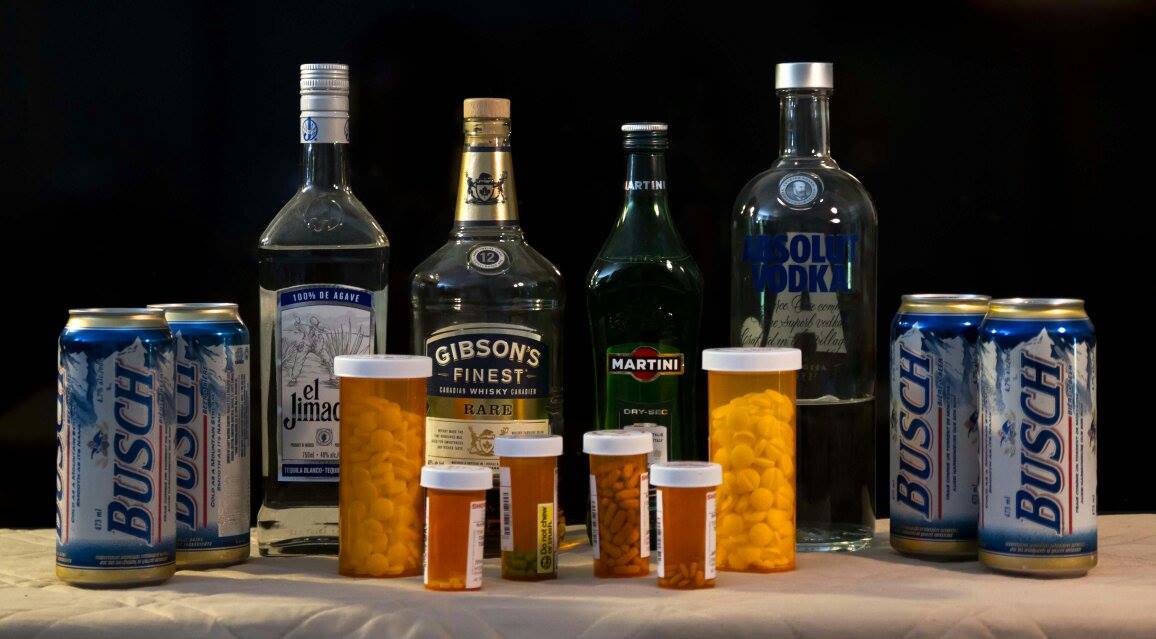Oral presentation of this page. Click here.
Beer and Top Selling Beers

Speaks top selling beers, best selling beers in Canada, best selling beers in America.
Water and tea may be the favourite of non drinkers, but top selling beers is the world’s oldest alcoholic drink.
Top selling beers by brand:
Several multinational companies dominate the beer industry and there exist a plethora of smaller companies both brewpubs and regional breweries.
There are two main types of top selling beers, pale lagers and ales which are top selling beers and may be further categorized as pale ale, stout and brown ale. Beer usually has between 4% to 6% alcohol by volume but may be as low as 1% to as high as 20% alcohol by volume which is very rare.
The process of making beer is known as brewing and many people make their own beer for obvious economic reasons. Any substance containing sugar or starches (carbohydrates) can undergo fermentation to produce alcohol.
The purpose of brewing is to convert the starch source into a sugary liquid called wort and to convert the wort into the alcoholic beverage known as beer in a fermentation process effected by yeast.
The first step, where the wort is prepared by mixing the starch source (normally malted barley) with hot water, is known as "mashing". Hot water (known as "liquor" in brewing terms) is mixed with crushed malt or malts (known as "grist") in a mash tub. The mashing process takes around 1 to 2 hours, during which the starches are converted to sugars, and then the sweet wort is drained off the grains.
The grains are now washed in a process known as "sparging". This washing allows the brewer to gather as much of the fermentable liquid from the grains as possible. The process of filtering the spent grain from the wort and sparge water is called wort separation.
The traditional process for wort separation is lautering, in which the grain bed itself serves as the filter medium. Some modern breweries prefer the use of filter frames which allow a more finely ground grist. Most modern breweries use a continuous sparge, collecting the original wort and the sparge water together.
It is possible to collect a second or even third wash with the not quite spent grains as separate batches. Each run would produce a weaker wort and thus a weaker beer. This process is known as second (and third) runnings. Brewing with several runnings is called parti gyle brewing.
The sweet wort collected from sparging is put into a kettle, or "copper", (so called because these vessels were traditionally made from copper) and boiled, usually for about one hour. During boiling, water in the wort evaporates, but the sugars and other components of the wort remain; this allows more efficient use of the starch sources in the beer. Boiling also destroys any remaining enzymes left over from the mashing stage.
Hops are added during boiling as a source of bitterness, flavour and aroma. Hops may be added at more than one point during the boil. The longer the hops are boiled, the more bitterness they contribute, but the less hop flavour and aroma remains in the beer. After boiling, the hopped wort is now cooled, ready for the yeast.
In some breweries, the hopped wort may pass through a hopback, which is a small vat filled with hops, to add aromatic hop flavouring and to act as a filter; but usually the hopped wort is simply cooled for the fermenter, where the yeast is added. During fermentation, the wort becomes beer in a process which requires a week to months depending on the type of yeast and strength of the beer.
In addition to producing alcohol, fine particulate matter suspended in the wort settles during fermentation. Once fermentation is complete, the yeast also settles, leaving the beer clear.
Fermentation is sometimes carried out in two stages, primary and secondary. Once most of the alcohol has been produced during primary fermentation, the beer is transferred to a new vessel and allowed a period of secondary fermentation. Secondary fermentation is used when the beer requires long storage before packaging or greater clarity.
When the beer has fermented, it is packaged either into casks for cask ale or kegs, aluminum cans, or bottles for other sorts of beer.
The brewing of beer is recorded as early as 3000 BC with early beers made from fruits, honey, plants, spices and herbs. As early as this they did not contain hops which were first used in Europe in the early 9th century.
During the time of the industrial revolution with the invention of thermometers and hygrometers the making of beer became standardized, that is to say identical batches of similar flavour and alcohol could be brewed time and again.
As of 2006 the world produced 35 billion gallons of beer that year.
Many social activities and functions are associated with the drinking of beer as well as festivals dedicated to its consumption. Beer is also recognized as a social function and is consumed in countries all over the world.
There are even breweries in the middle east where muslim traditions dominate. Throughout the world there is four times as much beer consumed as there is wine.
Top Selling Beers by Type:
Return from top selling beers to homepage
Hard copy and E book for sale. What's Killing You and What You Can Do About It. Click here.
Hard copy and E book for sale. Introduction to Building Mechanical Systems. Click here.


